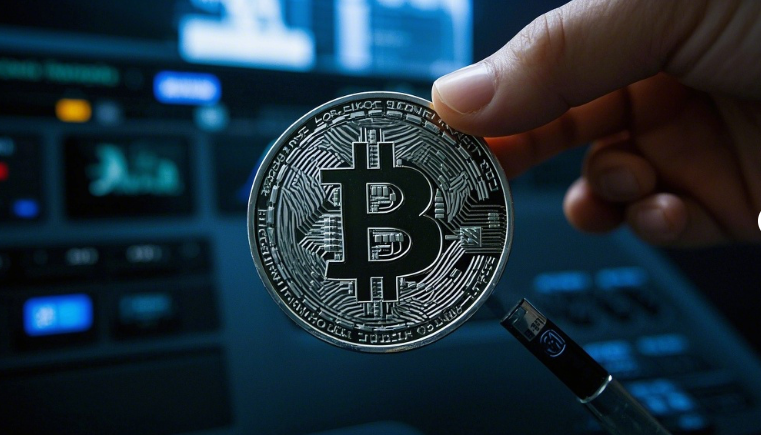"I stored my Bitcoin on an exchange, then the platform disappeared..."
"My private keys were saved in my phone gallery, and hackers wiped me out..."
Stories like these happen daily in the crypto world. As digital gold, Bitcoin's storage security directly determines the fate of your assets. Today, we'll explore the most classic question in crypto: Cold wallets vs hot wallets – which one is truly the best choice for you?
PART1. Basic Concepts: What Are Cold and Hot Wallets?
1. Hot Wallets – Your "Mobile Payment Tool"
Hot wallets are like Alipay – always connected to the internet. Common examples include exchange accounts and mobile app wallets (e.g., TokenPocket). Key features:
Instant transaction execution with one-click trading
Supports multi-currency management, beginner-friendly
Private keys stored by platforms or local devices
But the risks are obvious – in a 2024 hot wallet hack of a major exchange, users lost over $200 million because hackers breached the servers.
PART2. Cold Wallets – The "Swiss Bank" of Digital Assets
Cold wallets are physically isolated from the internet. Hardware wallets (e.g., Ledger Nano X) and paper wallets are typical examples. Their operation is hardcore:
Private keys generated while completely offline
Transaction signatures transmitted via Bluetooth/QR codes
Even if malware infects the device, private keys remain inaccessible
This "physical defense" makes cold wallets the ultimate solution for value storage. The trade-off? Manual operation for every transaction, making them impractical for frequent traders.
2. Security Battle: Which Wallet Do Hackers Fear Most?
Three Critical Vulnerabilities of Hot Wallets
Phishing traps: Fake wallet apps tricking users into entering seed phrases (in 2025, counterfeit MetaMask apps infected 300K+ devices)
Supply chain attacks: Second-hand hardware preloaded with malware
Platform systemic risks: Centralized exchanges don't maintain 100% reserves
Cold Wallet's Four-Layer Defense Matrix
Chip-level encryption: Secure Element (SE) isolates private keys
Self-destruct mechanism: Data wipes after 3 incorrect PIN attempts
Multi-factor verification: Requires simultaneous device operation + PIN input
Distributed storage: Private key shards stored in bank vaults
This design makes attacks economically unfeasible – stealing 1,000 BTC wouldn't cover the cost of cracking a single Ledger device.
PART3. Practical Guide: Choosing Based on Your Needs
1. Small-Scale Frequent Traders
Recommended: Exchange hot wallet + hardware key
Best practices:
✔️ Enable Google Authenticator + SMS 2FA
✔️ Keep ≤10% of total assets on any single platform
✔️ Daily withdrawals to cold wallet (if profits exceed 1 BTC/day)
2. Long-Term Holders (Whales)
Ultimate solution: Multi-sig cold wallet + geo-distributed storage
Implementation:
① Generate 3 private keys using 3 air-gapped devices
② Store in bank vaults across Switzerland, Singapore, and Dubai
③ Require 2/3 signatures for transactions
This "movie-grade" setup could withstand nation-state attacks.
3. Newbie Pitfall Avoidance
Beware "free cold wallet" scams (2024 saw fake Trezor phishing hardware)
Laminate paper wallets against moisture/fire
Never photograph/transmit seed phrases digitally
PART4. Future Trends: Merging Security & Convenience
2025's most promising innovations:
Biometric cold wallets: Vein recognition + brainwave authentication
Decentralized custody: MPC technology for private key sharding
Smart vaults: Auto-adjusting cold/hot asset ratios based on market conditions
Closing: No Perfect Solution, Only Rational Configurations
Just as Warren Buffett wouldn't keep all cash under his mattress, crypto veterans typically allocate:
5% in exchange hot wallets (daily trading)
30% in single-sig cold wallets (mid-term reserves)
65% in multi-sig cold wallets (core holdings)
Remember: True security lies not in tools, but in your reverence for private keys. In blockchain, you are the final guardian of your wealth.
(Disclaimer: This content is for informational purposes only. Investing involves risks.)



















No comments yet